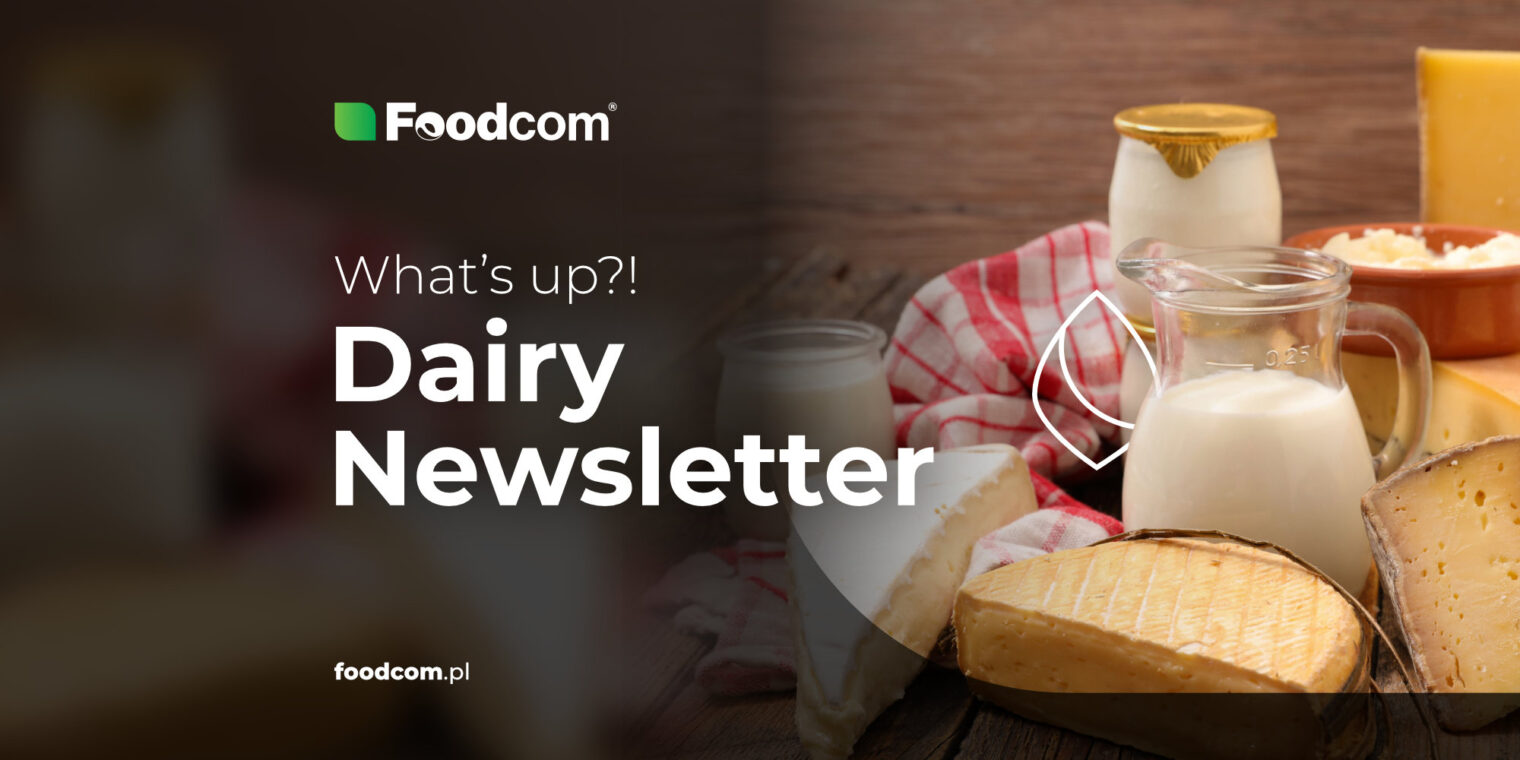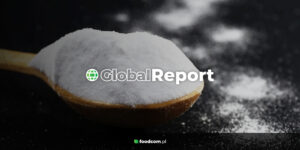Résumé
Table des matières
The EU dairy market is facing changes due to the continued implementation of the Green Deal. As the world faces rising inflation and the climate crisis, experts predict a new wave of farmers potentially leaving the sector. Major players in the industry are already adjusting their business plans and strategies to adapt to the new realities of EU policy. Stricter measures to protect the environment and combat global warming , enshrined in member states’ strategic plans CAP, will begin in 2023 and intensify under the European Union’s Green Deal to achieve climate neutrality by 2050. This is expected to lead to further consolidation of dairy farms, as small and less efficient agricultural producers may not make the necessary investments to adapt their barns and production facilities to the new F2F standards. It is expected that remaining dairy farmers will continue to improve the genetics and feeding techniques of their herds, not only for higher productivity but also for a lower environmental footprint, especially methane emissions. This could lead to further geographic concentration of dairy production. A quick look at data shows that raw milk deliveries in the EU were down 0.6% in April 2022, compared to the same period from last year. What can we expect in the coming months? How will the situation affect dairy product prices?
Continue reading to learn about this week’s market insights.
With us, you’ll never miss a thing!
At the beginning of the week, we saw the bids at a lower level than the indicators of the valuations of other items show. But by the end of the week, the price had increased. The situation does not change from week to week, but from day to day.
The phenomenon we are experiencing right now, is where we sales representatives close the goods at fair prices that are lower than the market rates, but the decisive factor is the fast arrival of the commodity, and the large quantities are offered in the range of 4050 EUR. The previous week provided increases in demand from Asian countries.
This dairy powder was the only ingredient that remained at the level of the previous week. We see declines in roller FCMP, however, regarding liquid products, there have been no upward trends, so it is hoped this will come this week.
A large amount of sweet whey powder has appeared on the market, which by some is believed to have been the reason for the distinuished excessive cheese production in recent months. The product is in stock and the price is very reasonable, but customers are quite well stocked and have no need for further purchases. On the other hand, lately we have received an increased number of requests for demineralized product, especially infant grade.
Combined with the present stable production in all producing regions, stocks appear to be increasing for cheeses. This is also indicated by the fact that some buyers are noticing an influx of ‘older’ cheeses, reflecting the price of cheaper goods available on the market the previous week.
The very visible trend regarding butter in the past days, is the increase in price revolving the German market, where retail contractors confirmed rates nearing €7430-€7480/MT for July compared to being contracted at €7160/MT in June 2022.
Last week we’ve seen a considerable upswing in the cream market in the industry. We noticed the price of the raw material starting off the week at 8750 EUR/MT and some have been advised in a price reaching almost 8900 EUR/MT. This tendency in cream raise significantly opened the demand for cheaper butter where there was the possibility to do so. This trend also translated into the current price of AMF being quoted via producers where product is not seen below 9000 EUR/MT.
We were able to identify a stable market for SMC in the past week. With the upcoming days of a better serving weather condition for the cream intake – we are hoping this week can stabilize the price of cream on the Western European market.
Continue reading to learn about this week’s market insights.
With us, you’ll never miss a thing!
SMP
At the beginning of the week, we saw the bids at a lower level than the indicators of the valuations of other items show. But by the end of the week, the price had increased. The situation does not change from week to week, but from day to day.
The phenomenon we are experiencing right now, is where we sales representatives close the goods at fair prices that are lower than the market rates, but the decisive factor is the fast arrival of the commodity, and the large quantities are offered in the range of 4050 EUR. The previous week provided increases in demand from Asian countries.
FCMP
This dairy powder was the only ingredient that remained at the level of the previous week. We see declines in roller FCMP, however, regarding liquid products, there have been no upward trends, so it is hoped this will come this week.
Sweet Whey Powder/Demineralized Whey Powder
A large amount of sweet whey powder has appeared on the market, which by some is believed to have been the reason for the distinuished excessive cheese production in recent months. The product is in stock and the price is very reasonable, but customers are quite well stocked and have no need for further purchases. On the other hand, lately we have received an increased number of requests for demineralized product, especially infant grade.
Gouda/Edam
Combined with the present stable production in all producing regions, stocks appear to be increasing for cheeses. This is also indicated by the fact that some buyers are noticing an influx of ‘older’ cheeses, reflecting the price of cheaper goods available on the market the previous week.
Butter/Cream/SMC
The very visible trend regarding butter in the past days, is the increase in price revolving the German market, where retail contractors confirmed rates nearing €7430-€7480/MT for July compared to being contracted at €7160/MT in June 2022.
Last week we’ve seen a considerable upswing in the cream market in the industry. We noticed the price of the raw material starting off the week at 8750 EUR/MT and some have been advised in a price reaching almost 8900 EUR/MT. This tendency in cream raise significantly opened the demand for cheaper butter where there was the possibility to do so. This trend also translated into the current price of AMF being quoted via producers where product is not seen below 9000 EUR/MT.
We were able to identify a stable market for SMC in the past week. With the upcoming days of a better serving weather condition for the cream intake – we are hoping this week can stabilize the price of cream on the Western European market.
Catégories







